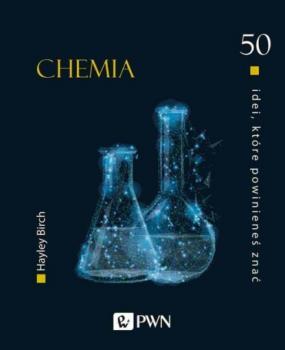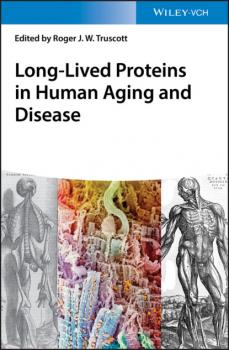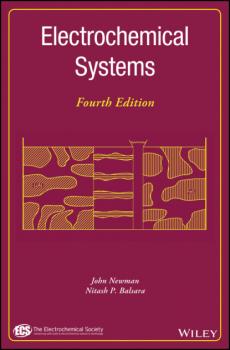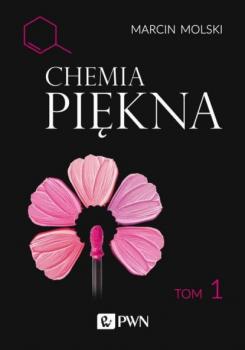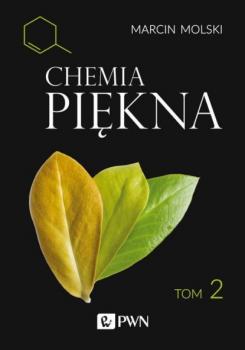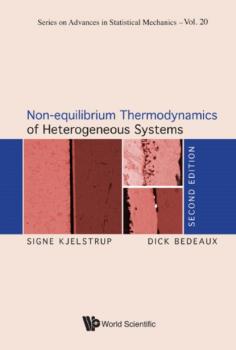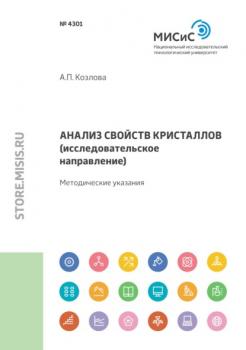Химия
Различные книги в жанре ХимияRadiative Properties of Semiconductors
Optical properties, particularly in the infrared range of wavelengths, continue to be of enormous interest to both material scientists and device engineers. The need for the development of standards for data of optical properties in the infrared range of wavelengths is very timely considering the on-going transition of nano-technology from fundamental R&D to manufacturing. Radiative properties play a critical role in the processing, process control and manufacturing of semiconductor materials, devices, circuits and systems. The design and implementation of real-time process control methods in manufacturing requires the knowledge of the radiative properties of materials. Sensors and imagers operate on the basis of the radiative properties of materials. This book reviews the optical properties of various semiconductors in the infrared range of wavelengths. Theoretical and experimental studies of the radiative properties of semiconductors are presented. Previous studies, potential applications and future developments are outlined. In Chapter 1, an introduction to the radiative properties is presented. Examples of instrumentation for measurements of the radiative properties is described in Chapter 2. In Chapters 3-11, case studies of the radiative properties of several semiconductors are elucidated. The modeling and applications of these properties are explained in Chapters 12 and 13, respectively. In Chapter 14, examples of the global infrastructure for these measurements are illustrated.
Spinach On The Ceiling: The Multifaceted Life Of A Theoretical Chemist
'Karplus's tales of a turbulent graduate school experience at Caltech will inspire readers to muster fortitude when everything seems to be spinning out of control. Karplus balances rigorous scientific discussions with refreshing chapters expounding his passion for photography and gastronomy.'<div style='text-align: right;'>Alfred ChinNature Chemistry, May 2020</div>Nobel Laureate Martin Karplus was eight when his family fled Nazi-occupied Austria via Switzerland and France for the United States. He would later credit his life as a refugee as a decisive influence on his world view and approach to science.Spinach on the Ceiling is an autobiographical telling of Karplus' life story, and how it led him to win the Nobel Prize in Chemistry in 2013. The book captures pivotal moments in Martin's life — from his escape to Switzerland in 1938 shortly after Hitler's entrance into Austria; to memorable moments like when his parents gave him a microscope which opened his eyes to the wonders of science; to his education in New England and California; and his eventual scientific career which took him to England, Illinois, Columbia, Strasbourg, and Harvard. It relates how Martin's optimistic outlook and belief in his vision made it possible for him to overcome setbacks in his life, and turn a subject of study his colleagues considered a waste of time into a central part of chemistry and structural biology. It is his hope to inspire and aid young readers, in particular, to have a successful trajectory in their own lives. Although research and teaching have been his primary focus, he has traveled the world photographing people and places with a Leica IIIC and has had numerous exhibitions of the photographs. He has also enjoyed a lifelong interest in cooking and worked in some of the best restaurants in France and Spain.<b>Contents:</b> <ul><li>Preface</li><li>Acknowledgments</li><li>My Ancestors</li><li>Childhood Years in Europe</li><li>Final Days in Europe</li><li>A New Life in America</li><li>Beginning of Scientific Interests</li><li>College Years</li><li>Graduate School</li><li>Postdoctoral Sojourn in Oxford and Europe</li><li>University of Illinois: NMR and Coupling Constants</li><li>Move to Columbia and Focus on Reaction Kinetics</li><li>The FBI and I</li><li>Return to Harvard University and Biology</li><li>Move to Paris</li><li>Protein Folding, Hemoglobin and the CHARMM Program</li><li>The First Molecular Dynamics Simulation of a Biomolecule</li><li>Early Applications of Molecular Dynamics</li><li>My Career as a Photographer</li><li>How We Came to Move to Strasbourg</li><li>My Life as a Chef</li><li>Announcement of the Nobel Prize</li><li>After the Announcement</li><li>The Nobel Prize Event</li><li>Science After the Nobel Prize Simulation</li><li>Life After the Nobel Prize</li><li>References</li><li><b><i>Appendices:</i></b><ul><li>Karplusians: 1955–2019</li><li>Martin Karplus: LIFE IN COLOR — From the 1940s to 2019</li><li>Nobel Lecture</li><li>Haaretz Article</li><li>Supplementary Material</li></ul></li><li>Index</li></ul><br><b>Readership:</b> A wide range of readers including students, scientists, historians, science enthusiasts, people interested in the Nobel Prize, Nobel Laureates, and the lives of people who escaped from Nazi Austria.Martin Karplus;Nobel Prize;Spinach on the Ceiling;Chemistry;Autobiography;CHARMM;Hemoglobin;Molecular Dynamics;NMR;Coupling Constants;Theoretical Chemistry;Reaction Kinetics;Biomolecular Simulations;BPTI;Photography;FBI;Allostery;Molecular Motors;F1 ATPase;Protein Folding;Enzyme Catalysis;cooking;Oxford;Europe00
Non-equilibrium Thermodynamics of Heterogeneous Systems
This book utilizes non-equilibrium thermodynamics to describe transport in complex, heterogeneous media. There are large coupling effects between transport of heat, mass, charge and chemical reactions at surfaces, and it is important to know how one should properly integrate across systems where different phases are in contact. There is no other book available today that gives a prescription of how to set up flux equations for transports across heterogeneous systems.<b>Contents:</b> <ul><li>Scope</li><li>Why Non-Equilibrium Thermodynamics?</li><li>Thermodynamic Relations for Heterogeneous Systems</li><li>The Entropy Production for a Homogeneous Phase</li><li>The Excess Entropy Production for the Surface</li><li>The Excess Entropy Production for a Three-Phase Contact Line</li><li>Flux Equations and Onsager Relations</li><li>Transport of Heat and Mass</li><li>Transport of Heat and Charge</li><li>Transport of Mass and Charge</li><li>Evaporation and Condensation</li><li>Multi-Component Diffusion, Heat Conduction and Cross Effects</li><li>A Non-Isothermal Concentration Cell</li><li>The Transported Entropy</li><li>Adiabatic Electrode Reactions</li><li>The Liquid Junction Potential</li><li>The Formation Cell</li><li>Power from Regular and Thermal Osmosis</li><li>Modeling the Polymer Electrolyte Fuel Cell</li><li>Measuring Membrane Transport Properties</li><li>The Impedance of an Electrode Surface</li><li>Non-Equilibrium Molecular Dynamics Simulations</li><li>The Non-Equilibrium Two-Phase van der Waals Model</li><li>Curved Surfaces</li><li>The Catalyst Surface Temperature</li></ul><br><b>Readership:</b> Graduate students, researchers, lecturers and professionals in physics, nanoscience and surface science.Irreversible Processes;Non-Equilibrium Thermodynamics;Interface Transports;Phase Transitions;Catalysis;Batteries;Fuel Cells;Thermal Osmosis0<b>Key Features:</b><ul><li>Two new chapters have been added to the bestselling first edition of the book</li></ul>
Анализ свойств кристаллов (исследовательское направление)
В методических указаниях представлены основы строения кристаллических материалов с точки зрения симметрии, показана связь внутреннего строения веществ с их свойствами. Данные методические указания знакомят с принципами получения кристаллов и некоторыми аспектами использования таких материалов в современном мире. Книга предназначена в качестве методических указаний для школьников, которые проходят обучение на элективных курсах в рамках городского образовательного проекта «Инженерный класс в московской школе», интересующихся естественными науками, выпускникам инженерных классов для подготовки к предпрофессиональному экзамену по направлению «Исследовательское».
